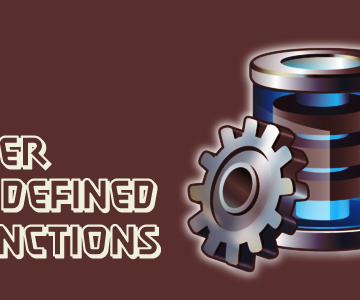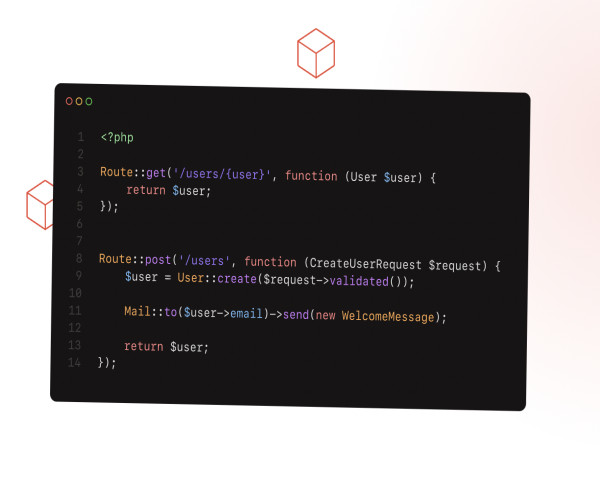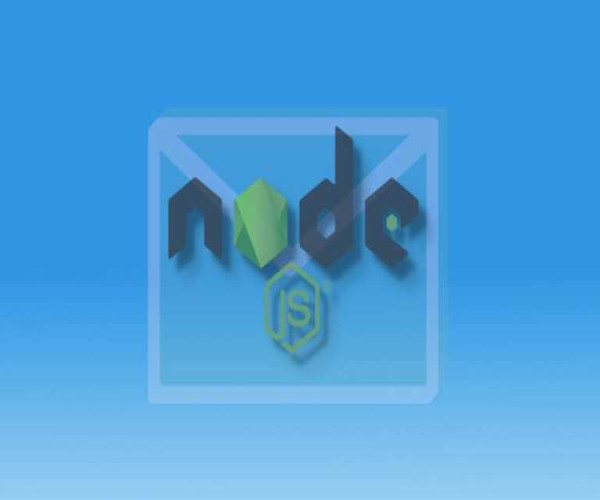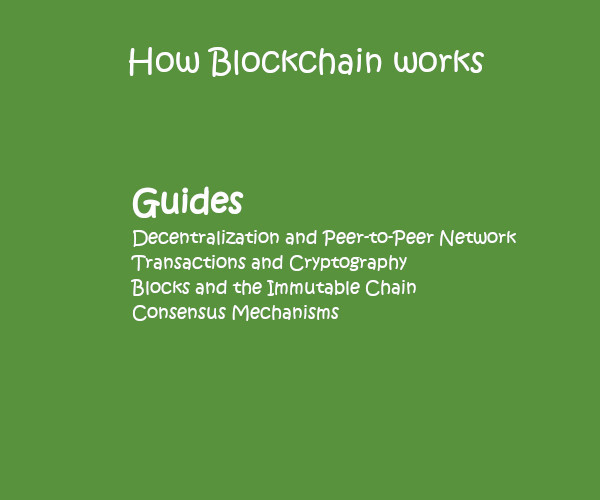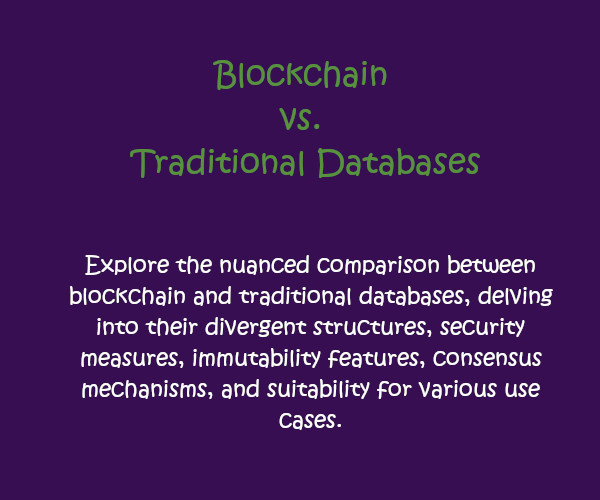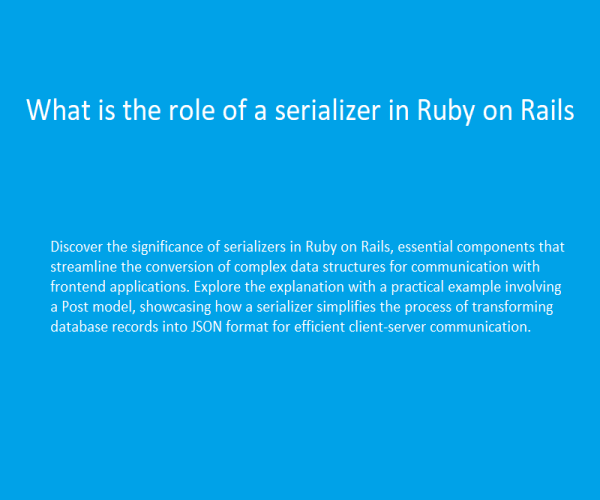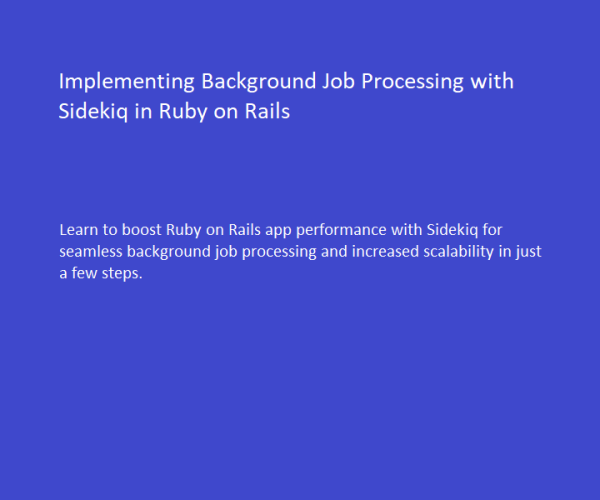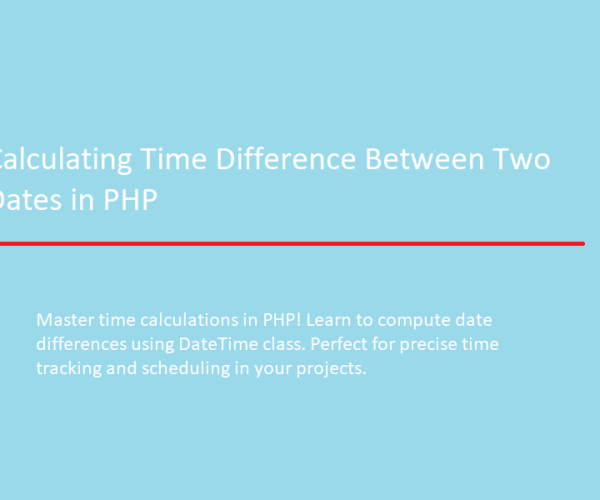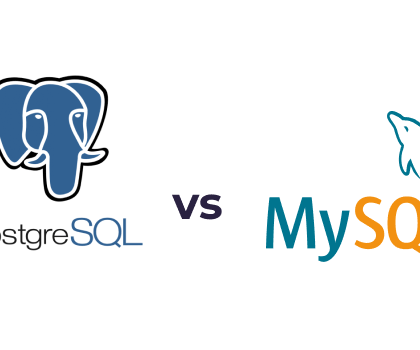
Comparing PostgreSQL and MySQL: Features, Performance, and Use Cases

PostgreSQL and MySQL are both popular relational database management systems (RDBMS), but they have some differences in terms of features, performance, and syntax. Here's a comparison between PostgreSQL and MySQL:
| PostgreSQL | MySQL |
| Licensing | |
| PostgreSQL is released under the PostgreSQL License, which is an open-source license allowing users to freely use, modify, and distribute PostgreSQL. For example, a company can use PostgreSQL to build an e-commerce platform without needing to pay licensing fees. | MySQL offers a dual-licensing model. The Community Edition is available under the GNU General Public License (GPL), allowing users to use MySQL freely under the terms of the GPL. However, if a company wants to use MySQL in a closed-source, proprietary application, they would need to purchase a commercial license from Oracle Corporation, the current owner of MySQL. |
| Data Types | |
PostgreSQL provides a wide range of data types, including native support for array types, JSON, XML, geometric data types, etc. For instance, you can define a table with a column of type JSONB to store JSON data:
| MySQL also offers various data types, but historically it lacked native support for some advanced types like JSON until version 5.7. For example, in older versions, you might use a VARCHAR column to store JSON data:
|
| SQL Compliance | |
| PostgreSQL is known for its strong adherence to SQL standards. For example, if you're writing a query to select data from a table and order it by a column, the SQL syntax in PostgreSQL would typically be consistent with the ANSI SQL standard. | While MySQL has improved its compliance with SQL standards over time, it has historically had some non-standard behaviors. For example, MySQL's handling of NULL values in ordering could differ from the SQL standard. |
| Transactions and Concurrency | |
| PostgreSQL uses MVCC (Multi-Version Concurrency Control) to handle transactions efficiently. For example, in a banking application where multiple users are transferring funds concurrently, PostgreSQL ensures that each transaction operates on a consistent snapshot of the database. | MySQL also supports transactions and concurrency control, but its implementation historically was not as robust as PostgreSQL's. For instance, MySQL's default storage engine MyISAM did not support transactions until InnoDB became the default engine in MySQL 5.5. |
| Stored Procedures and Triggers | |
| PostgreSQL supports various procedural languages and allows you to define stored procedures and triggers directly within the database. For example, you can create a trigger in PostgreSQL to automatically update a summary table when a new order is inserted into an orders table. | MySQL provides its own procedural language for stored procedures and triggers. For instance, you can create a stored procedure in MySQL to calculate discounts for orders based on certain criteria. |
| Replication | |
| PostgreSQL supports various replication methods, including streaming replication, logical replication, and cascading replication. For example, you can set up streaming replication in PostgreSQL to create a standby server that automatically receives updates from the primary server. | MySQL has a robust replication system, offering options like master-slave replication, multi-source replication, and group replication. For example, you can configure master-slave replication in MySQL to replicate data from a master server to one or more slave servers for read scalability. |
| Performance | |
| Historically, PostgreSQL has been favored for write-heavy and complex query workloads, thanks to its efficient handling of concurrency and sophisticated query optimization capabilities. | Known for its high performance in read-heavy workloads, particularly in scenarios with a large number of concurrent read operations. MySQL's performance optimizations have made it a popular choice for web applications and data warehousing. |
